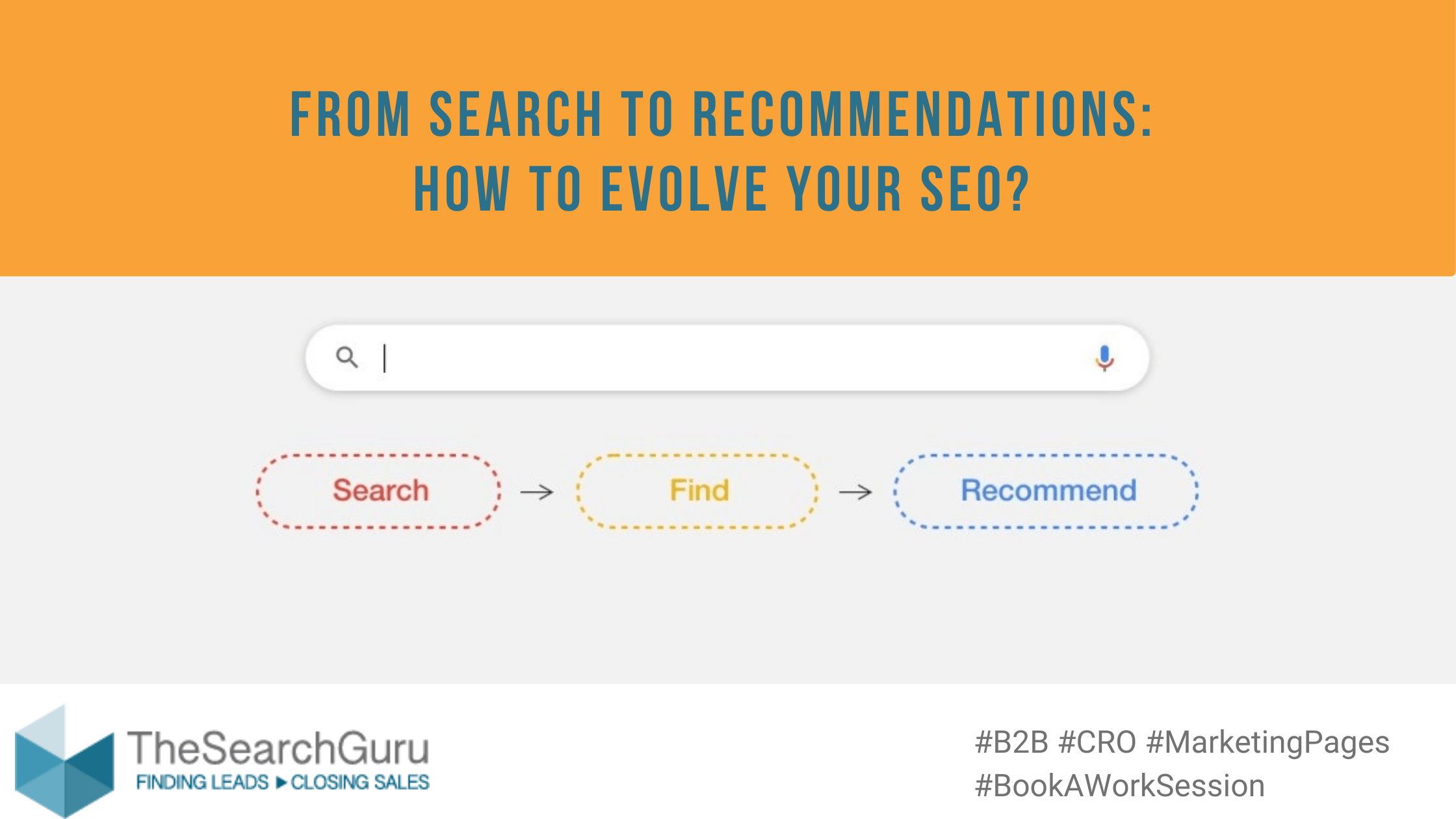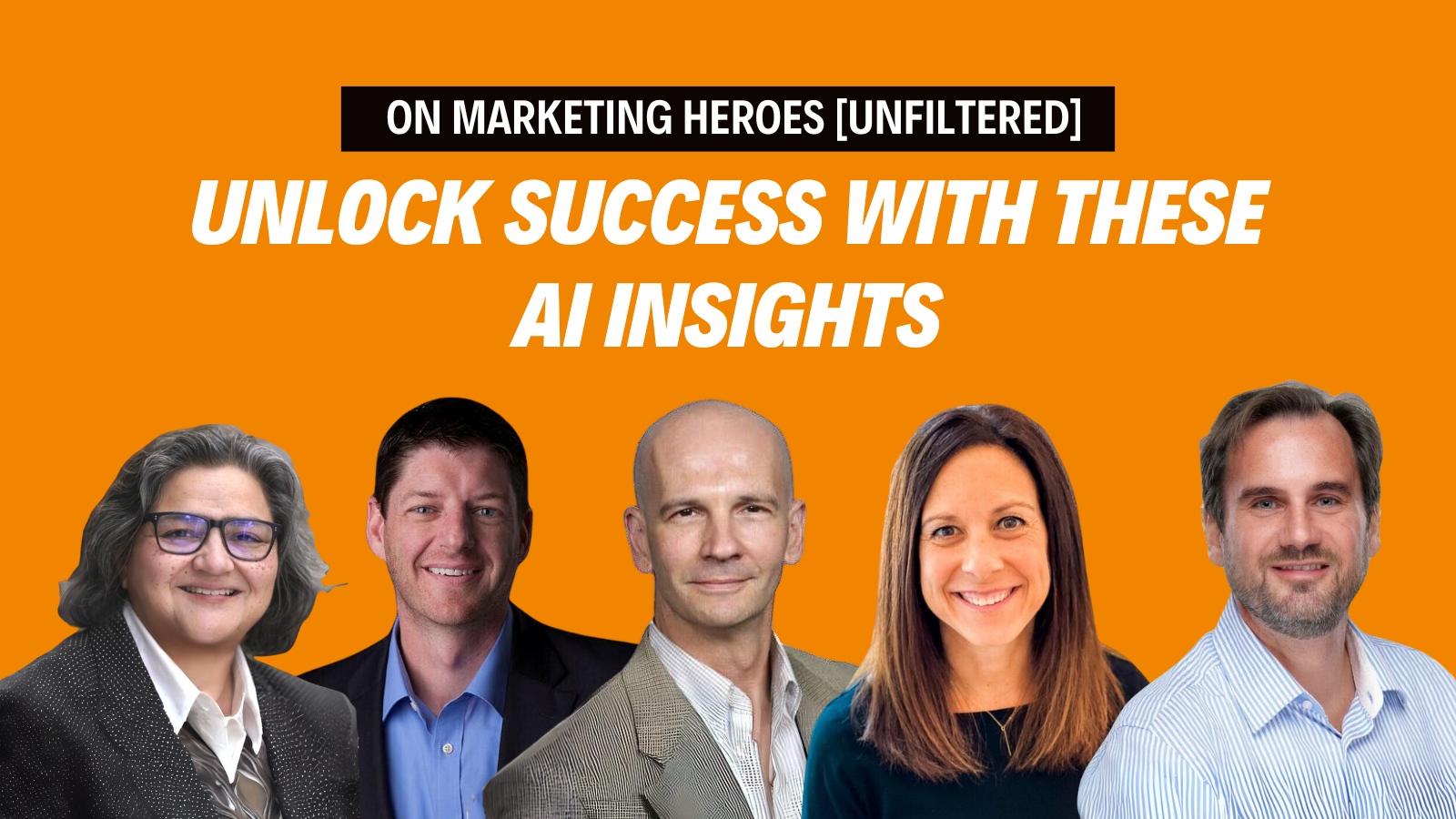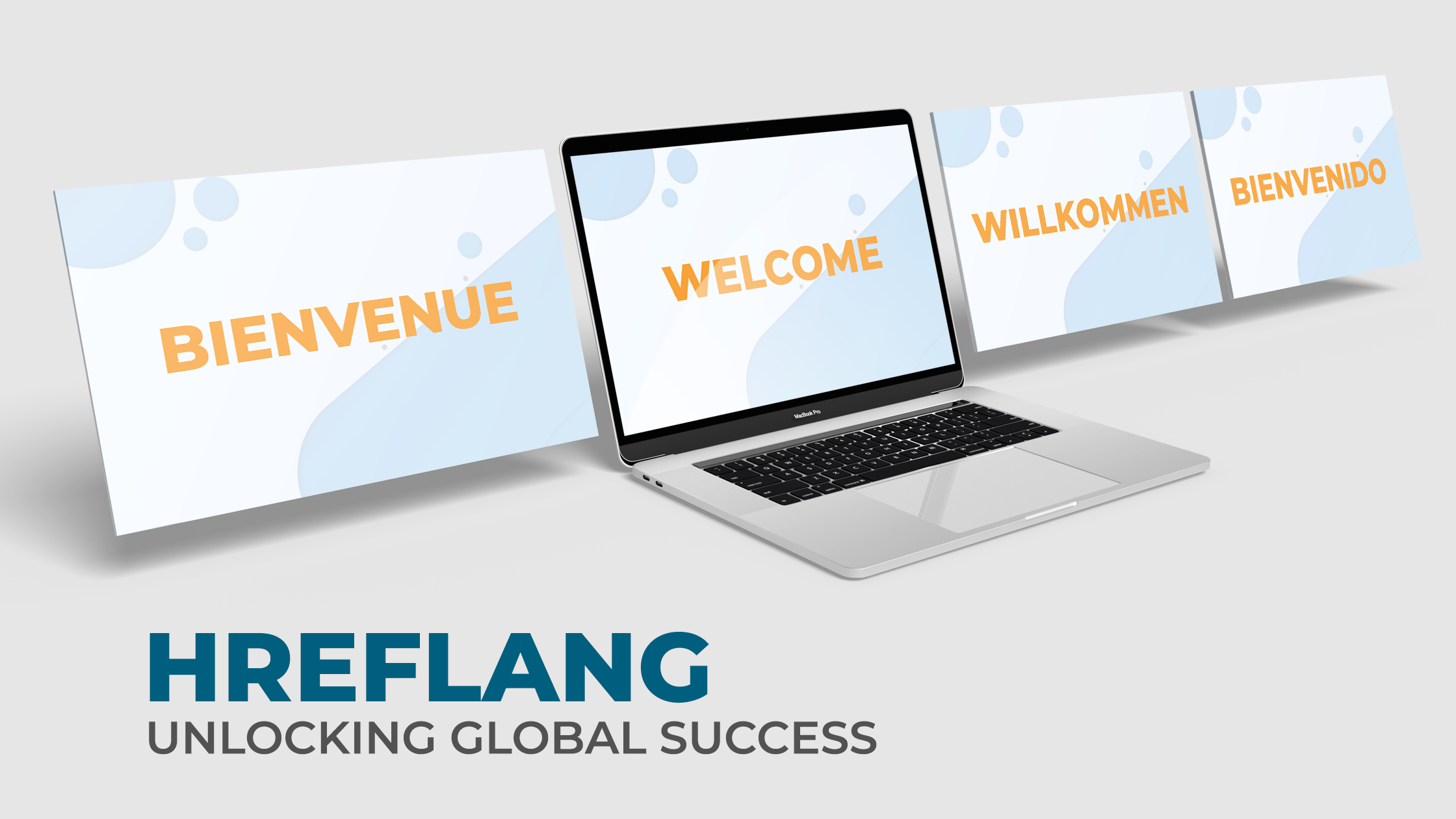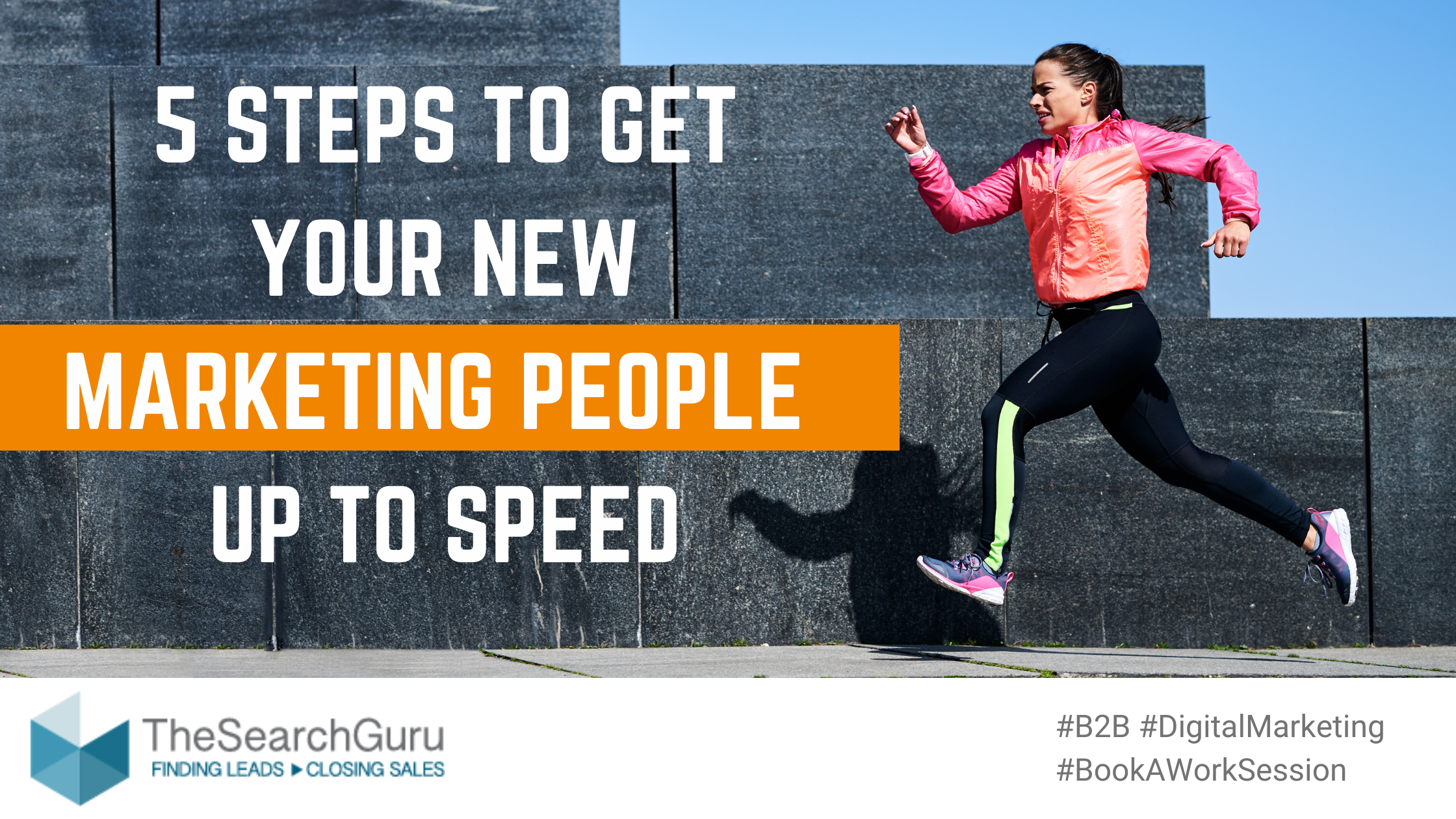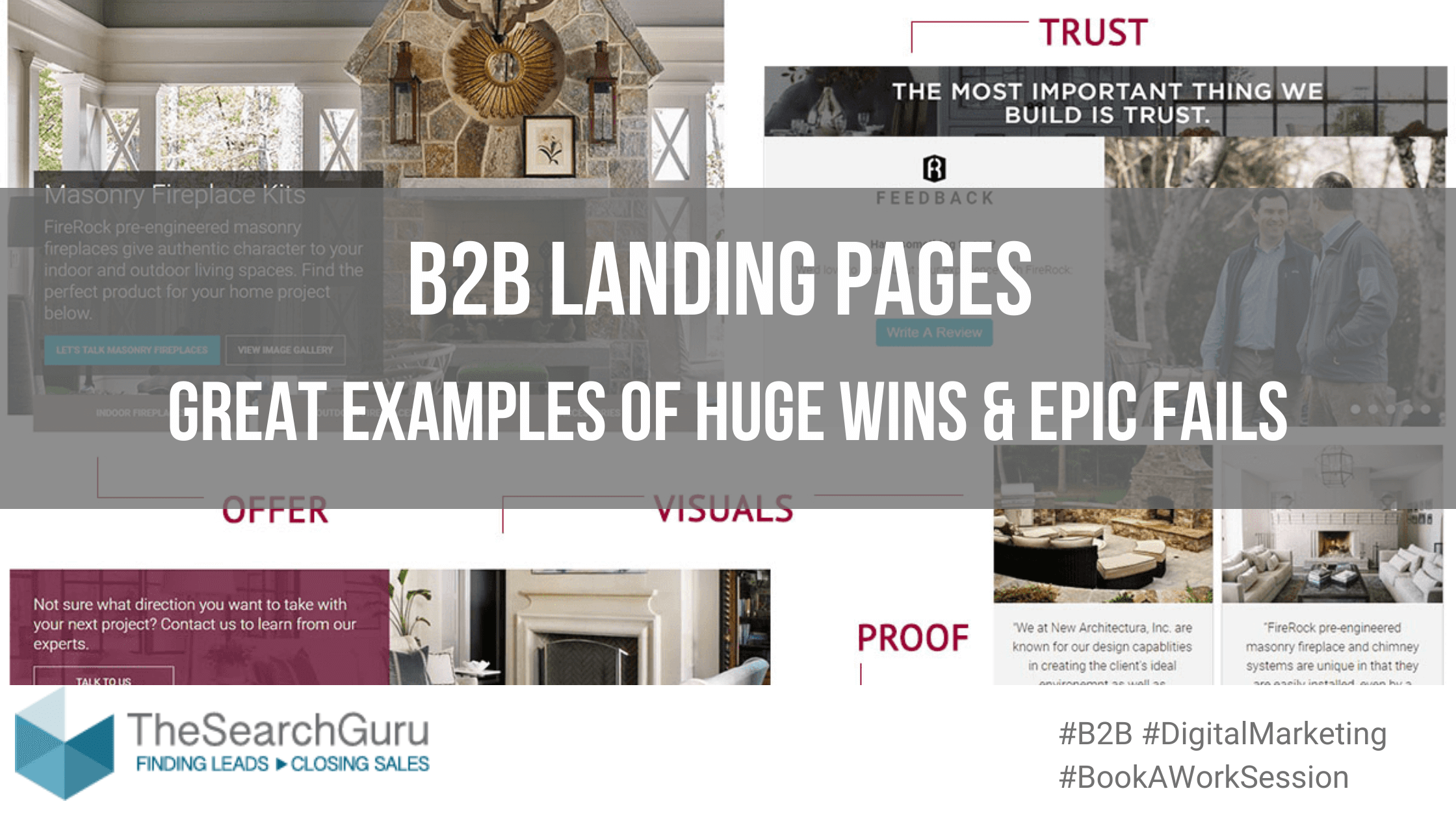Classic SEO metrics, like page authority, backlinks, content lengths and keyword optimization are no longer enough to rank high in Google. We’ve been researching why a particular higher authority domain wasn’t able to rank on page one of Google. Here are the results.
Even though URL 4 has better page authority, backlinks, content length and relatively good site speed, it ranks page 2 and doesn’t get enough traffic. Pages with lower authority and much less backlinks rank considerably higher.
New SEO: User Experience
So why are SEO metrics not enough any more?
“Google’s job is not only to find results. Google want to keep users certain that what the search engine shows them is the best resource on the topic.” says Kate Proykova, TSG’s Head of Growth.
“SEO (as in Search Engine Optimization) is an outdated and misleading term” says Georgi Nemtzov, Digital Product and Development Consultant at The Search Guru. “Google is not in the search business anymore, that age has long gone. Google stands between supply and demand, between desire and fulfillment, ready to recommend the right solution to your problem every time you type anything in that search field. You can find the full article Why SEO is an outdated and misleading term, here.“
If you’re asking yourself how Google can measure all this, think about the Chrome browser, which Google owns, and the fact that now Google has data about metrics like bounce rate and time on site.
Classic vs New SEO
Five questions to help you evaluate your marketing pages:
These are all questions user experience professionals ask when building a tool. And they are also valid for any web page. This is what will makes a difference in ranking in the Google results.
- Are you grabbing users’ attention? You have 3 seconds to do that, or they may bounce back to the search results.
- Is your page engaging enough, so users stay, read, and learn on your pages, and not on anyone else’s?
- Is all the information users may need to convert available on your page?
- Are you winning their trust on your page?
- Is it easy for users to convert on your page?
Examples of common situations where UX beats classic SEO:
- A good-looking page with backlinks, which is not optimized for speed. Users may get bored waiting for it to load and bounce back in search results. That tells Google this is not the best page to show.
- A page heavy with data and information, but shown in a way that is hard to understand and users can get overwhelmed. Vs. a shorter page that has videos and images explaining the concept easier. Users will stay longer on the second page, which is a signal for Google that that page is better.
SEO for engagement – where do you start?
Step 1 is to keep users on your page longer.
- Make sure the site loads faster than competitors’
- Check if it loads well on mobile devices
- Share what you’re selling in simple words at the very top of the page
- Show your product with an image
Step 2 is to share your story step by step Introduce your product/service with a video
- Explain its features and what makes your better than competitors
- Share what they should expect
- Show them why your customers trust you
- Add FAQs if there are still unanswered questions
Step 3 is to make sure users can convert – Is it easy enough?
- Are you asking for too many details?
- Are you making it clear for them what to choose?
Check out the Conversion Optimization Checklist – How to design and optimize marketing pages for conversion for additional guidelines on building great pages.
Let’s work on this together: book a free work session
All companies we speak with have unique problems, and we’ve yet to find anyone who isn’t primarily plagued by too few resources. Take us up on a free training/work session where we can discuss your unique problems and offer solutions from top B2B marketers. Book yours now:

